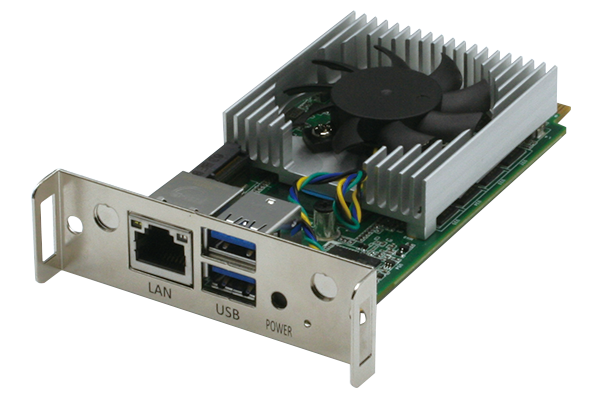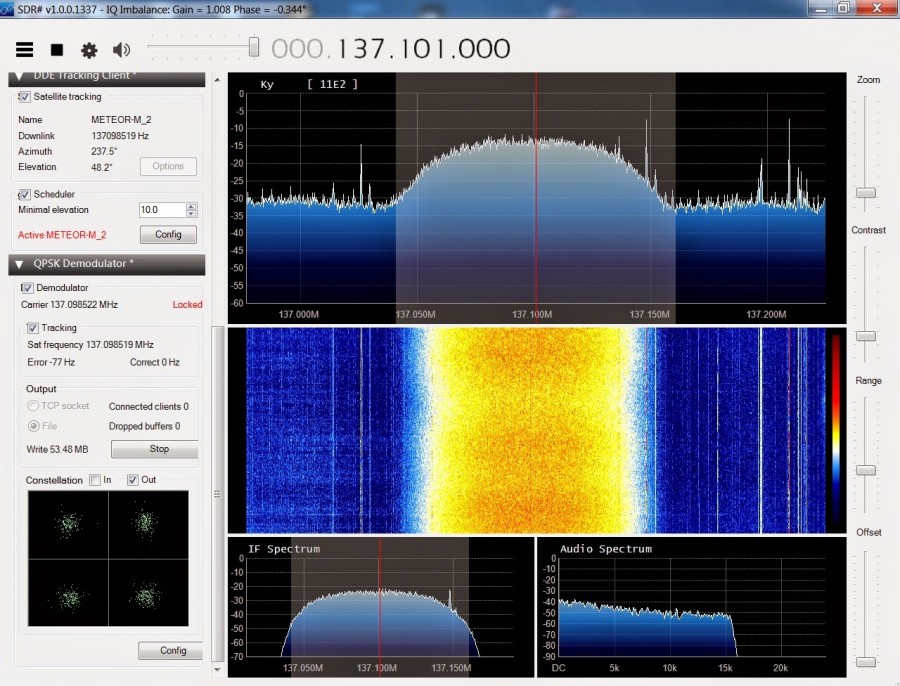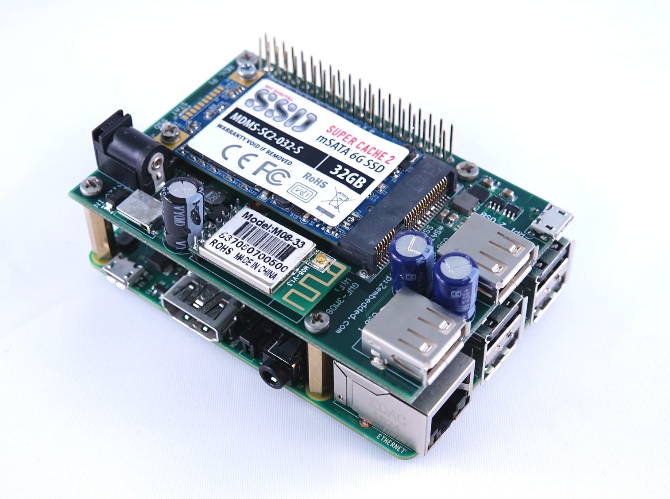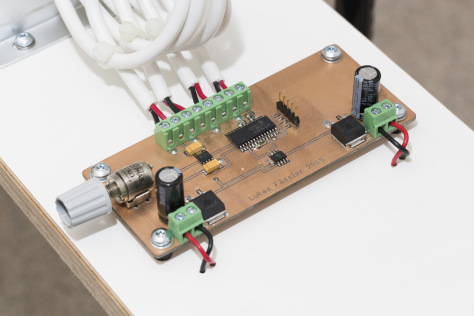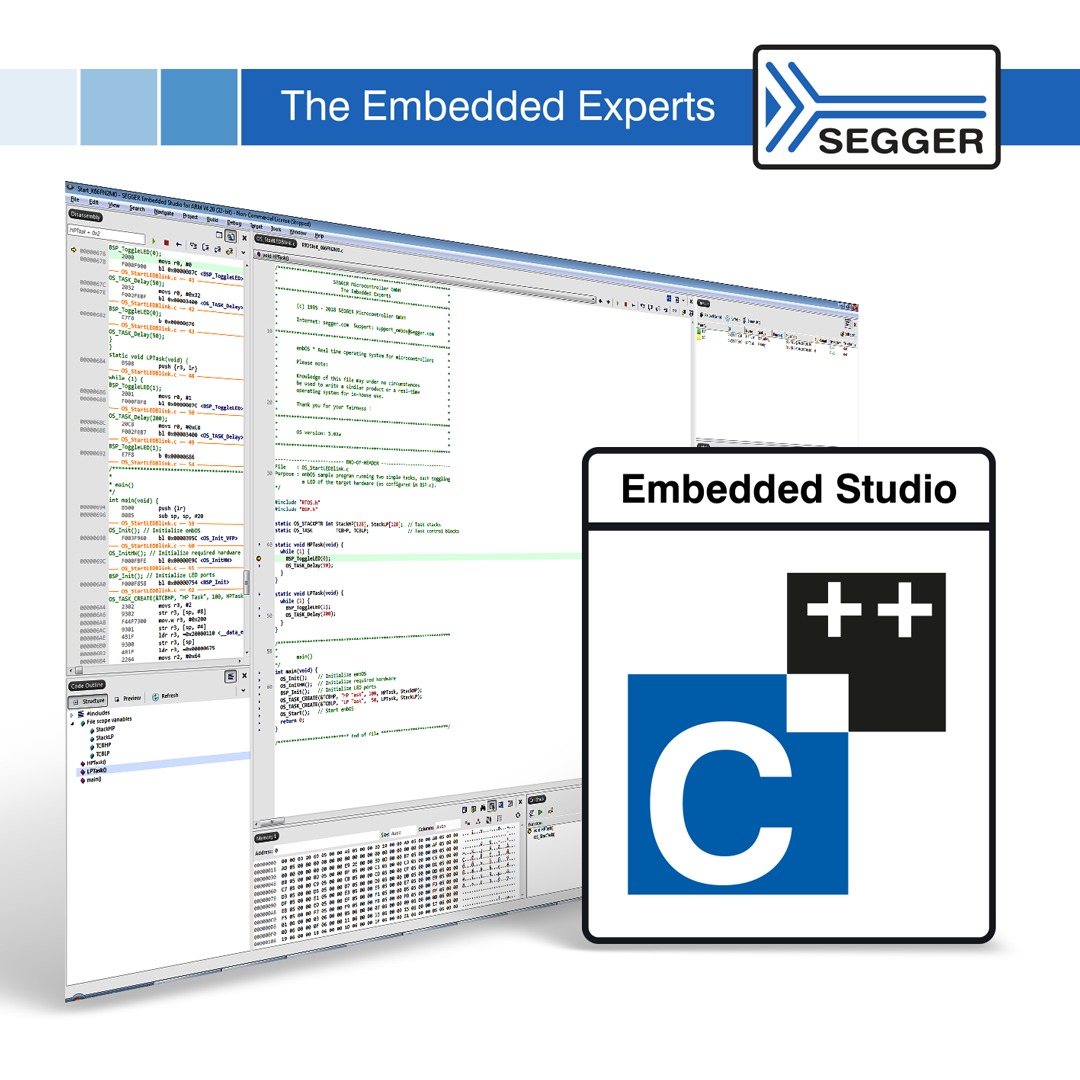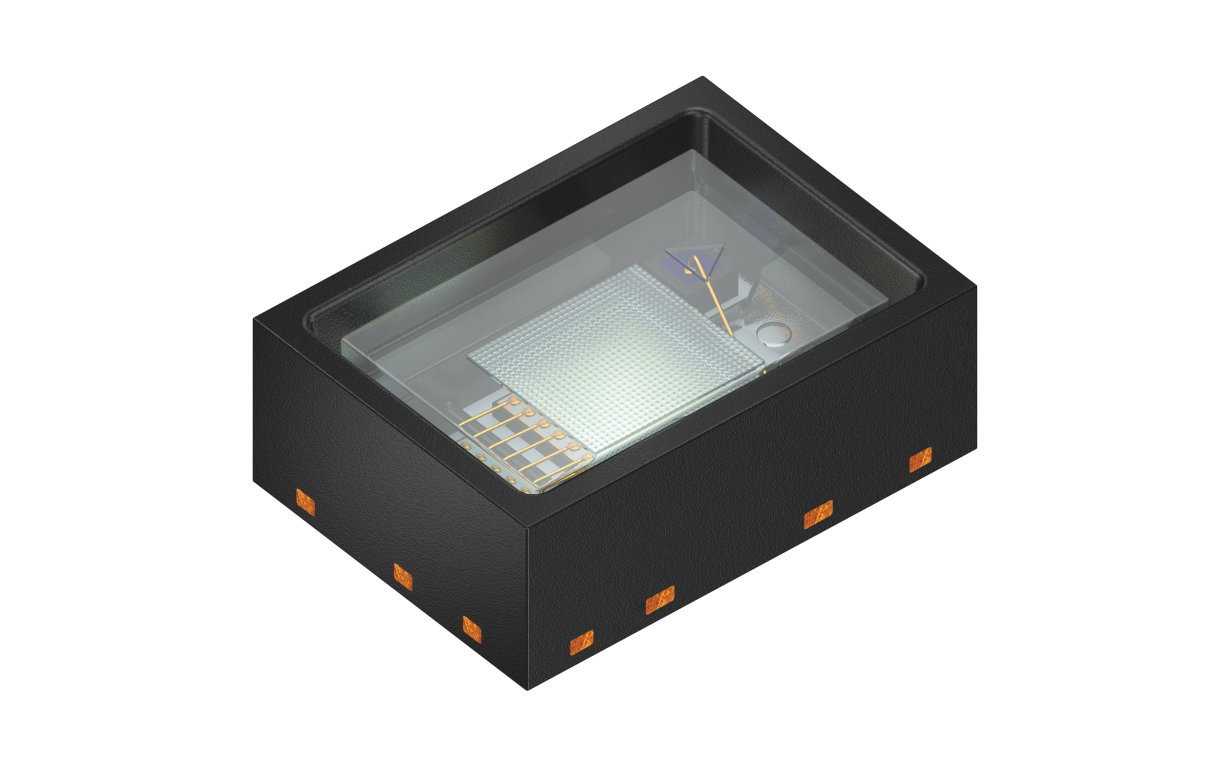
Sensor solutions provider ams has expanded its family of vertical-cavity surface-emitting laser (VCSEL) devices with four new modules for 3D gesture recognition.
Combining a VCSEL emitter and photodiode in one compact package, the Bidos P2433 Q flood illuminator is available in four different versions including two different fields-of-illumination and two output power levels. The new devices, says the company, simplify the integration effort for system suppliers for applications that utilize 3D sensing technology.
For augmented and virtual reality devices, as well as other 3D world-facing applications, the focus is on maximum user experience combined with compact and light-weight design. In the 3D sensing market, says the company, VCSELs have a huge impact due to their good beam quality, cost efficiency, and simple design.
“With the expansion of our Bidos family we offer one of the smallest VCSEL packages available on the market for 3D applications at given power levels and field-of-illumination”, says Simon Gubser, Product Manager at ams OSRAM. “By integrating the matching emitter and photodiode in one compact module, we reduce the installation effort for our customers significantly.”
The VCSEL-based modules with a size of 3.3 mm x 2.4 mm are suitable for 3D sensing applications using Time-of-Flight (ToF) measurement, which require a homogeneous illumination of the scene. Due to their wavelength of 940 nm, all modules are also free from the red glow effect, which is perceived by the human eye as disturbing flickering.
Module Features:
- VCSEL Power Array with typical 3W optical output power, resp. 6.5W for double junction versions
- Efficiency up to 45% with double junction VCSEL
- Wavelength: 940nm
- Multiple FoI (Field of Illumination) available
- Compact module footprint of 3.3 mm x 2.4 mm x 1.2 mm
- Integrated monitoring photodiode with high linearity for simple eye safety integration
The two higher power modules with 6.5 watts use dual-junction VCSELs for high performance and efficiency of up to 45%. In addition, a photodiode monitoring system is integrated into the module as a special protection mechanism for eye safety. If the photodiode registers a change in the incidence of light – for example, if the optics are damaged – the current supply to the VCSEL is interrupted.
Besides 3D gesture recognition, says the company, the four new modules can also be used in industrial robotics for obstacle avoidance and virtual fencing, or in 3D face authentication systems in smart door locks or point-of-sale payment terminals.
more information: https://www.osram.com/os/products/product-promotions/vcsel/bidos-family.jsp





